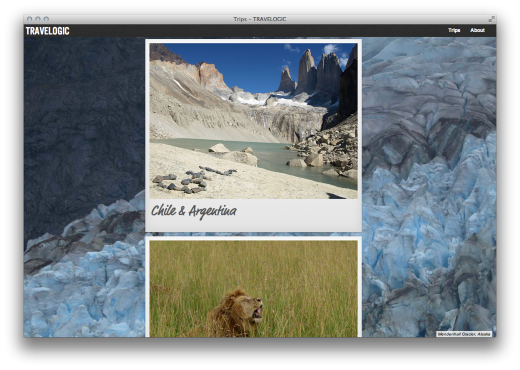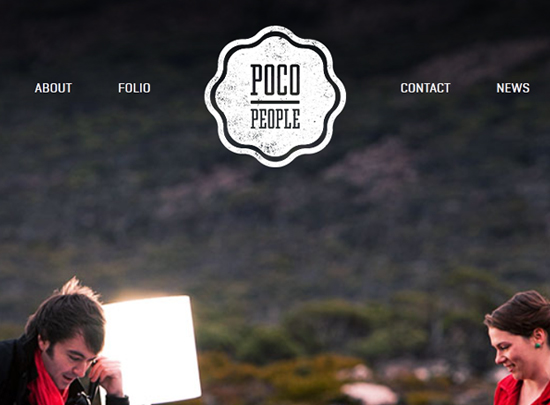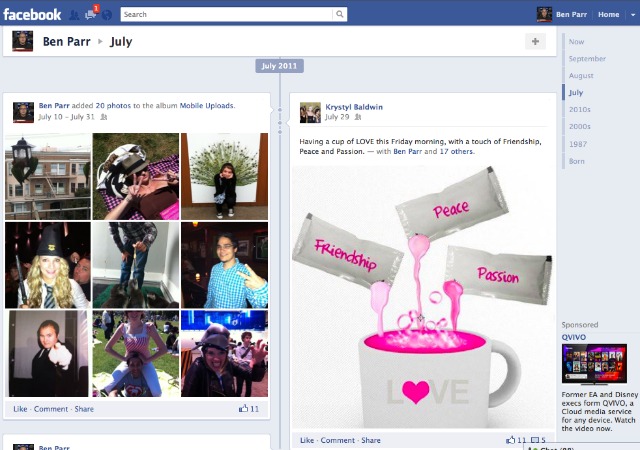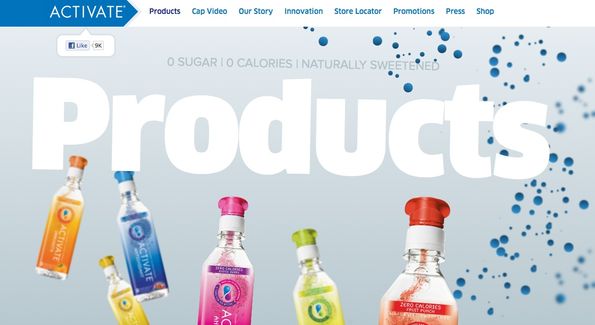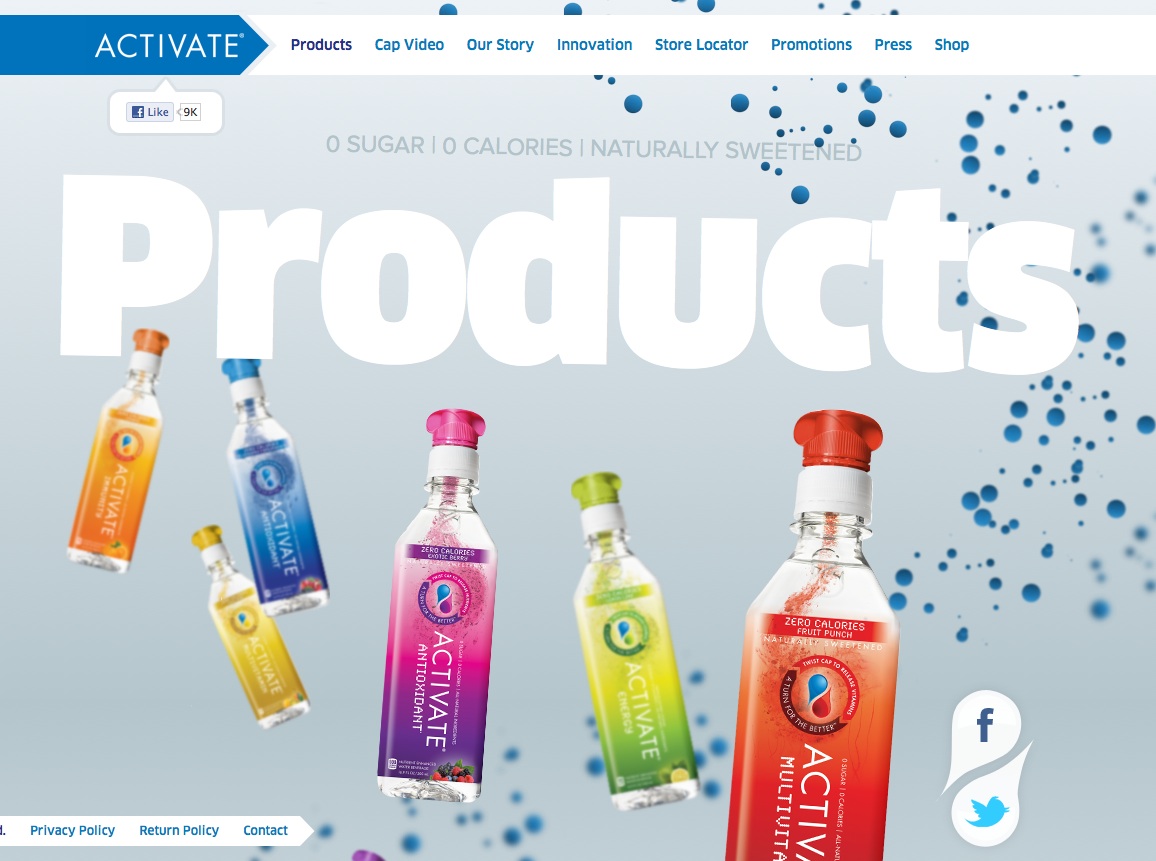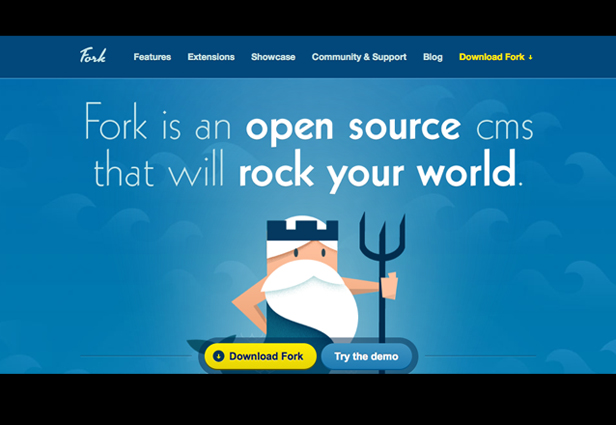Forms, there’s nothing many designers hate more than forms. They don’t necessarily bring the creativity out, or do they? Maybe it’s time we looked at forms again and understand that a form, at its most basic, is a conversation between the user and the software.
Forget point and click, forms represent the richest interaction we as digital designers will face. Next time a form comes your way don’t think it’s just a matter of applying some nice CSS effects or adding a nice jQuery flourish. There’s much more depth to designing forms.
I’ve user tested hundreds of forms and designed some complex forms for insurance companies, holiday booking interactions and many more. Chances are you’ve used one of my forms in the last few months.
Here’s the lessons I wished I’d learnt before I began designing forms.
READ MORE:
via 10 things every designer needs to know about forms | Feature | .net magazine.


